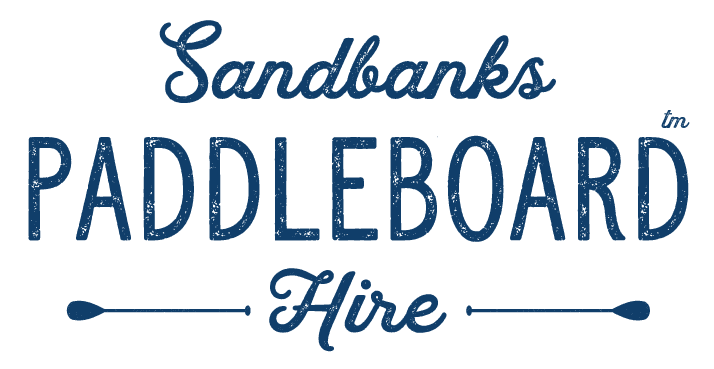SAFETY GUIDE
This is a guide only. Sandbanks Paddleboard Hire will not be held responsible for the safety of Hirers and Hirers should consult our HIRER Terms and Conditions for further clarification.
1. Wear Personal Flotation Devices
We always recommend the use of a Personal Flotation Device PFD or Life Jacket when using our Paddleboards. For people who are able to swim we recommend at least a 50 Newton buoyancy Aid or life belt. For weak swimmers, and young children we recommend proper Life Jackets of at least 100 Newtons. Get more Info HERE on this. We do not recommend our paddleboards for non-swimmers.
We recommend that dogs also wear a flotation device!
2. Wear the leash
If you fall off your board the first thing you will want to do is retrieve your paddle (but it’s always best to try to hold on to it!). In order not to get separated from your board, ALWAYS WEAR THE LEASH ROUND YOUR LOWER LEG.
3. Always supervise youngsters
As parents ourselves, we feel that all people under 18 years should be supervised when on the water in all conditions.
4. Follow any local rules and advice
Water can be unpredictable and it is always advisable to check with the local sources of information on water safety in the area before you take to the water.
For example, rivers are rated by the flow and dependingon the river, some craft are not allowed on the water during particular flow rates.
OR – there may be a particularly dangerous part of a coastal area you wish to paddle on so check with the local coast guard, the RNLI or Harbour Master.
Always take a cautious approach.
5. Tell someone where you are going
Always tell someone land based about a trip you intend to take with times and vicinity and reoprt to them when you are back safely.
6.Take a mobile phone
If you can, take a charged mobile phone in a sealed dry bag in case of an emergency.
7. Take adequate clothing for your trip
Do not wear jeans of other water-logging clothes or wellington boots, waders, heavy waterproofs. If you are paddling a distance, take spare clothes in a dry bag.
If it’s cold, wear a wetsuit.
8. Plan your journey
Always be realistic with the distance you plan to travel. Never paddle in the dark or in busy shipping lanes.
9. River Paddling
If paddling on a river, do not go through locks and use the “Portage” areas and carry your boards round. Avoid the tops and bottoms of all weirs.
10. Plan for tides
If you are on the sea, be aware of the tide times and strengths and always seek expert advice if unsure.
11. Plan for wind
Your ability to paddleboard is significantly affected by the wind strength and direction. YOU SHOULD NOT PADDLEBOARD WHEN THE WIND IS BLOWING OFFSHORE/OUT TO SEA. Paddleboarding is much safer and much more fun when the wind is light (below 10mph). We strongly recommend that you find a sheltered spot where wind and waves will not affect your ability to control the board.
12. Protect yourself from the sun
The sun reflects off the water intensifying its strength, cover up, wear sunscreen, a hat and decent sun glasses (even when it does not seem to be very sunny).
13. Keep hydrated and your energy up
Take water and snacks with you if you are paddling any distance.
14. Paddle in pairs
We strongly recommend that you buddy with another board or another vessel, if you are paddling any distance.
15. Do not use faulty equipment
Whilst we always check our kit before it goes out, things can fail. If you have any doubts, do not use it. Contact us and we will do our best to sort any problems out as quickly as possible.
